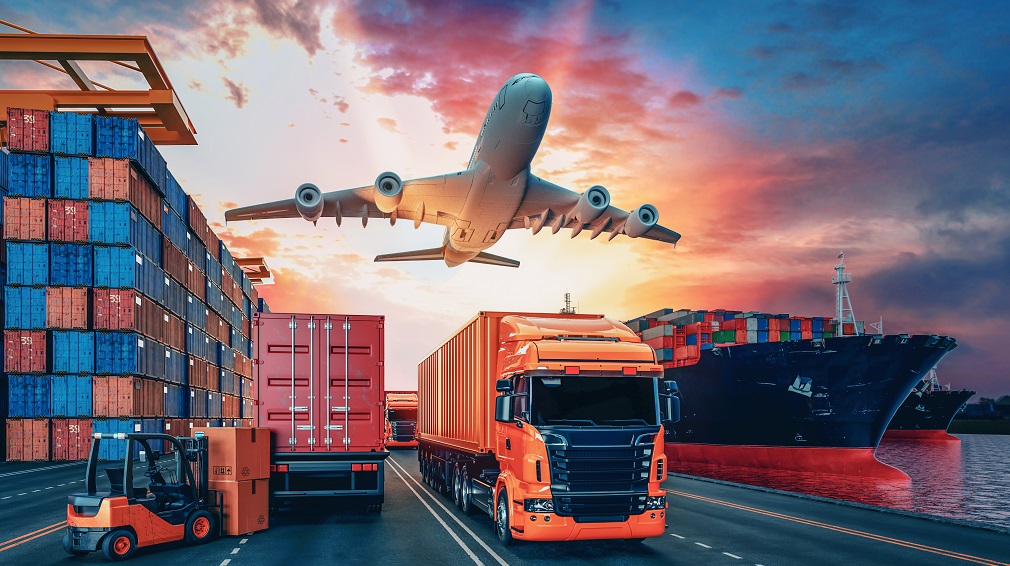In today’s global economy, sustainability is a growing concern for businesses of all sizes. According to a recent survey, 88% of consumers want companies to help them be more environmentally friendly and socially responsible. As a result, businesses are under increasing pressure to adopt sustainable practices and reduce their carbon footprint.
One of the ways that businesses can achieve these goals is through the use of real-time cargo visibility. According to a report by Frost & Sullivan, the global real-time cargo tracking market is expected to grow from $1.1 billion in 2019 to $2.4 billion in 2024, at a compound annual growth rate (CAGR) of 16.7%. This growth is being driven by the need for greater visibility and control over supply chain operations, as well as the desire to reduce transportation costs and improve customer satisfaction.
By providing real-time information on the location and status of shipments, businesses can optimize their logistics operations and reduce carbon emissions. For example, according to a report by the Carbon Trust, optimizing transportation routes can reduce carbon emissions by up to 30%. Similarly, a study by the Environmental Defense Fund found that improving inventory management can reduce carbon emissions by up to 60%.
Real-time cargo visibility can also help businesses reduce waste and improve sustainability. For example, by tracking shipments in real-time, businesses can identify potential delays or disruptions and take proactive measures to prevent waste. A report by McKinsey & Company found that reducing waste in the supply chain can improve profitability by up to 20%.
In addition to improving sustainability, real-time cargo visibility can also help businesses increase transparency and accountability in the supply chain. By providing real-time information on the location and status of shipments, businesses can ensure that their suppliers and logistics providers are adhering to environmental and sustainability standards. This can help businesses identify potential areas for improvement and encourage suppliers and logistics providers to adopt more environmentally friendly practices.
In conclusion, real-time cargo visibility is a powerful tool for businesses looking to reduce their carbon footprint and improve sustainability. By optimizing logistics operations, reducing waste, and increasing transparency, businesses can not only meet the growing demand for sustainable practices but also improve their bottom line. With the global real-time cargo tracking market expected to continue growing in the coming years, businesses that adopt this technology will be well-positioned to succeed in a rapidly changing market.


